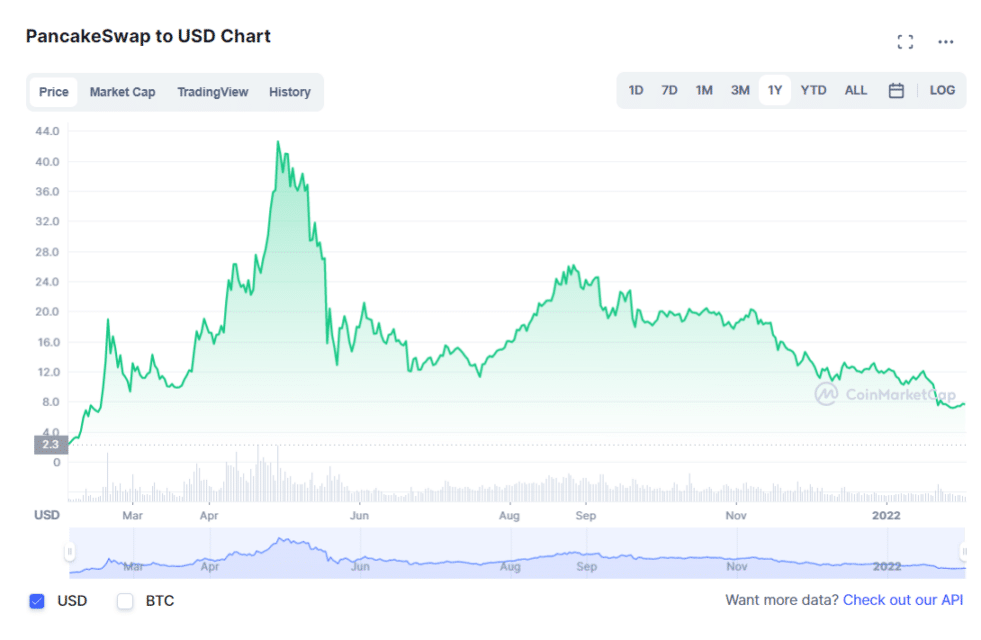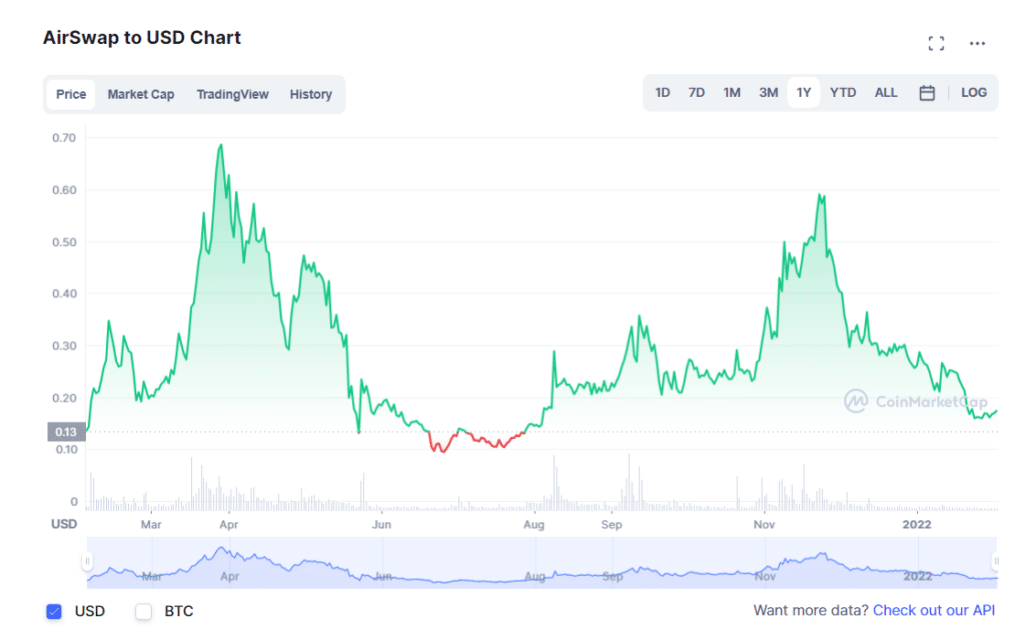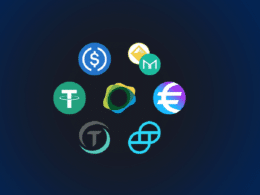There is a good probability that you have acquired or traded Bitcoin, Ethereum, and other cryptocurrencies, even if you are new to them. For example, Coinbase, one of the most famous cryptocurrency exchanges, went public earlier this year in a direct offering on Binance.
As the names imply, “centralized exchanges” like Binance, Coinbase, Gemini, and Kraken are owned and operated by a single company. But what if you don’t want to put your money in the hands of a centralized exchange? After all, the idea of Bitcoin was to cut out the intermediaries. Decentralized exchanges, or DEXs, are a solution to this problem.
A peer-to-peer crypto exchange, also known as a DEX, allows users to transact with one another without the need for a central authority. One of the most significant aspects of crypto is supporting transactions not handled by banks, brokers, or other third parties. DEXs offer this capability. Uniswap and Sushiwap are only two of the largest DEXs that employ Ethereum’s network. This article will walk you through the top three DEX projects which are best to profit.
How does it work?
Exchanging fiat cash for cryptocurrency tokens through centralized exchanges like Coinbase is complex. Centralized exchanges allow you to trade fiat for crypto and vice versa or crypto-crypto pairings, such as exchanging a portion of your BTC for ETH. DEXs enable users to swap one cryptocurrency token for another.
There is an “order book” on the exchange that calculates the price of a cryptocurrency. Based on current buy/sell orders, it resembles stock exchanges like Nasdaq. Margin trading and setting limit orders, for example, are often offered.
On the other hand, decentralized exchanges are nothing more than a jumble of smart contracts. Investors use “liquidity pools” to facilitate transactions. For example, they set the prices of several cryptocurrencies against each other algorithmically.
In contrast to centralized exchange transactions stored in the exchange’s database, DEX transactions are resolved instantaneously on the blockchain.
Developers mostly use open-source code to build DEXs, making it possible for anybody interested in learning how they work. In addition, Uniswap’s code belongs to a spate of other DEXes called “swap,” such as SushiSwap and PancakeSwap, which means developers may tweak existing code to establish new rival projects.
Why is it worth investing in DEX projects?
For anyone interested in a hot token at an early stage, look no further than DeFi. From the well-known to the weird and utterly random, DEXs have an almost unlimited amount of tokens to draw. In addition, tokens and liquidity pools may be created by anybody, resulting in a wider variety of projects, both confirmed and unvetted, to pick from.
All of the money involved in a DEX transaction is held in the traders’ wallets, making them less susceptible to hacking. There has been an increase in the use of DEXs in developing countries, where reliable banking infrastructure may not exist. They provide peer-to-peer finance, rapid transactions, and anonymity. Anyone with a smartphone and an internet connection may use a DEX to conduct transactions.
How to start?
Anyone with a smartphone and an internet connection may use DEX’s financial services. You don’t even need an email account to utilize a decentralized exchange, and you don’t even need to sign up. Instead, traders will need some crypto wallet compatible with the smart contracts on the exchange’s network.
Step 1.
The first step in utilizing DEXs is to decide which network a user desires to employ since each trade will require a transaction fee.
Step 2.
The next step is selecting a suitable cryptocurrency exchange and funding it using its native currency. Each network has its native coin for the payment of transaction fees. To pay for transaction fees on the chosen network, you must fill the wallet with the tokens used to pay transaction fees. A ticker sign like ETH may identify these tokens.
Step 3.
After purchasing tokens, users must withdraw them to their control wallets.
Pancake swap (CAKE)

52-week range: 1.1114-44.1824
1-year price change: it should accumulate bids to reach $36.829 in one year
Forecast 2022: $9.97-$40.01
PancakeSwap is another Uniswap clone based on the source code. BSC trades BEP-20 tokens and decentralized applications (dApps) rather than the Ethereum blockchain.
The ETH network’s fees surged early this year, sending the platform’s popularity soaring after a slow start. PancakeSwap’s current 24-hour volume is $13 million. The platform is managed by anonymous developers utilizing the CAKE governance token, which users use to cast their votes.
It’s easy to use PancakeSwap since it’s based on Uniswap’s original source code, making it simple, clean, and straightforward. You can easily connect crypto wallets such as MetaMask, MathWallet, or Binance and select the trade pairs. Click on the link at the bottom of your exchange page to convert your ERC-20 tokens to BEP-20 tokens using Binance Bridge.
Airswap Protocol (AST)

52-week range: 0.0828-0.743.
1-year price change: in one year, the price of AirSwap Token can rise from $0.157 to $0.330.
Forecast 2022: $0.2018597-$0.2968526
You may trade Ethereum-based tokens on AirSwap, a decentralized trading platform employing the Swap protocol. The AirSwap Token (AST) will play a significant role in the platform’s functionality.
By providing index and Oracle services for token trading, the primary goal of AirSwap is to reduce friction and increase efficiency in the process. AirSwap Index allows traders to locate one other by announcing their “intent to trade” or searching for those who have already made themselves known. In addition, price and transaction verification occur simply using the AirSwap Oracle.
Ultimately, we intend to make it feasible for third-party Oracles to provide trading environment data services. The index may be a premier asset listing service for peer-to-peer traders.
Uniswap (UNI)
52-week range: 13.09-44.97
1-year price change: it may bid higher towards $50 in one year.
Forecast 2022: $20.36-$47.77
ERC-20 tokens may be traded on Uniswap; a DEX built on Ethereum. A lack of liquidity is one of the most prevalent complaints about DEXs, which is why it’s one of the most well-known platforms in the DeFi ecosystem. The platform must no longer rely on buyers and sellers for liquidity and instead exchange tokens. Hayden Adams, a former Siemens mechanical engineer, launched the exchange in 2018, and it has since grown in popularity.
To make Uniswap more user-friendly, there is no requirement to provide proof of identification, making it easier to use. To exchange tokens, all you need to do is link a wallet like MetaMask, choose the two assets you want to trade, and enter the amount you want to swap.
Due to Uniswap’s decentralized structure, a wide variety of currencies are available for users to choose from at a moment’s notice. Unfortunately, anyone may market counterfeit currencies, leading unsuspecting consumers to exchange valuable assets for worthless tokens due to its decentralized nature.
Upsides and downsides
Let’s look at the upsides and downsides of DEX projects.
| Upsides | Downsides |
| DEX does not track user data and money. Due to the lack of a central repository, hacking the exchange is almost impossible. The trader owns all of the money they make, and it is his or hers to keep. | Exchanges of fiat money are not possible. This is a big drawback in the eyes of many customers since few goods and services can be bought with BTC, requiring conversion to fiat money. |
| No proof of identity is needed from users to use this service. However, you should avoid revealing your personal information to anybody to protect your possessions. | Tokens may only be traded if they are backed by smart contracts, the foundation of most DEXs. With its foundation in Ethereum’s smart contracts, the trade token EDC20 is well-suited for inclusion on DEX. |
| The exchange’s data may be easily accessed and understood using a user-friendly interface. | There are no margin trading or order method options. |
Final thoughts
With the rising popularity of DeFi, the first-ever decentralized exchanges appeared in 2014. The Automated Market Maker system’s strength has allowed DEXs to overcome conventional barriers in the order book paradigm. For users who want to borrow money to leverage their investments or offer liquidity in exchange for trading fees, decentralized crypto exchanges have proved to be significant venues.
DEXs have also made it possible for users to earn a passive income from their crypto assets by placing them in liquidity pools. However, smart contracts in DEXs remain a threat. Learn more about decentralized cryptocurrency exchanges and compare your options.




